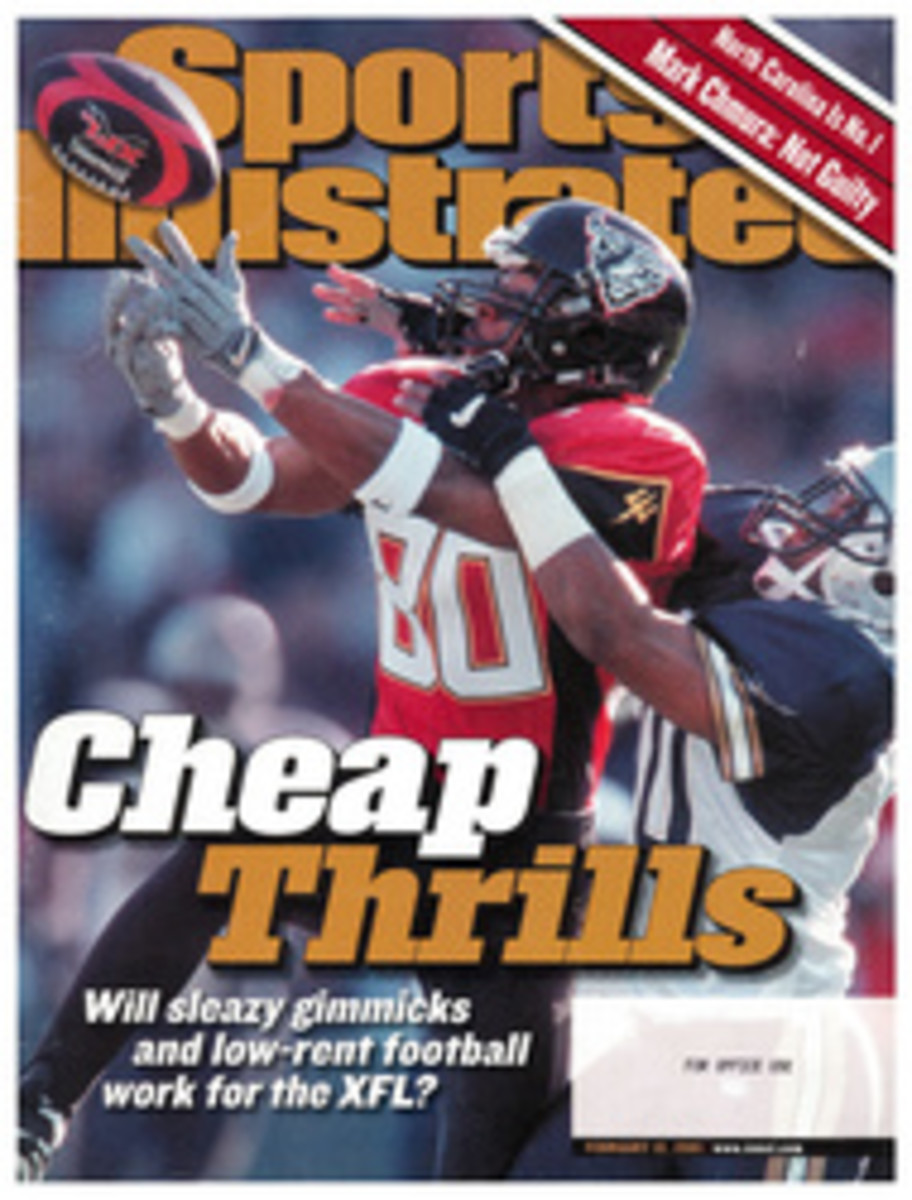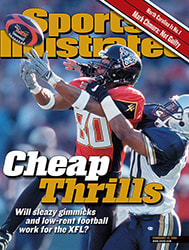
Dueling Swing Gurus
Two of the game's most influential instructors, David Leadbetter
and Jim McLean, recently issued their takes on Ben Hogan's
techniques--Leadbetter in a book, The Fundamentals of Hogan,
McLean in a video, Ben Hogan: The Golf Swing. But though both
Leadbetter and McLean are longtime Hoganphiles, they have
differing views on Hogan's methods. What's more, Leadbetter
believes that Hogan was an exceptional athlete whose swing was
too complicated for the average golfer to copy, while McLean
thinks Hogan's technique was ideal and an excellent model for
all players. Here are some other areas in which Leadbetter and
McLean part company.
GRIP
LEADBETTER Says the grip Hogan endorsed in his 1957 book, Five
Lessons--the V formed by the thumb and forefinger of the left hand
points to the right eye--is meant to protect against a hook and is
too weak for most golfers.
MCLEAN Favors the grip Hogan advocated in his first book, Power
Golf, published in '48: The V points to an area between right ear
and right shoulder.
MY TWO CENTS McLean believes Hogan played his best golf, and was
a better model, in the three years preceding his near-fatal auto
accident in February 1949. Leadbetter thinks Hogan's swing was
more controlled and effective after the crash. Hogan won 33
events from '46 until the accident, 16 after. Advantage: McLean.
ADDRESS
LEADBETTER Argues that while Hogan said he liked to feel that his
weight was more on his heels, it was actually more on the balls
of the great man's feet. Lord Lead also calls the Hawk's stance,
which was shoulder-width for a five-iron, too wide for the
average player.
MCLEAN Says most top players favor the weight more on their
heels, and believes the width of Hogan's stance is a good
standard.
MY TWO CENTS Independently, Leadbetter and McLean conclude that
Hogan had much softer arms at address than is shown in the famous
"banded arm" illustration in Five Lessons. Kudos to both for
debunking a misleading image.
BACKSWING
LEADBETTER Says Hogan kept his head ultrasteady on the way back
and warns against his clockwise rotation of the left arm--another
antihook device. Shockingly, Leadbetter claims Hogan had a slight
reverse pivot.
MCLEAN Says Hogan's first move back was a slight rocking to the
right, during which his head moved. McLean also maintains that
Hogan's one-piece takeaway actually began with his hands moving
before the clubhead. As for a reverse pivot, fuhgeddaboutit!
McLean says Hogan's is a perfectly loaded right side.
MY TWO CENTS Leadbetter claims Hogan manipulated--a dirty
word--the club into his famous top-of-the-swing position, while
McLean extols the natural flow and athleticism of Hogan's
movement. The film supports McLean.
DOWNSWING
LEADBETTER Says that Hogan kept his arms so close to his body, he
attacked the ball from below the ideal swing plane. Also, Hogan
countered his tendency to hook by dramatically opening the club
face and had an exceptionally early and aggressive hip rotation.
Leadbetter believes Hogan's supinated (bowed) left wrist at
impact was one of the most important elements of his swing but
says average players shouldn't try it.
MCLEAN Views all the extreme elements--the lag of the club and the
supinated wrist--as desirable moves taken to their apex and proves
that Hogan was always right on plane by showing that at impact
his club shaft returns to the identical angle as at address.
MY TWO CENTS Guess who supinates his left wrist through the ball
most like Hogan? Tiger Woods.
--Andy Brumer
TWO COLOR PHOTOS

